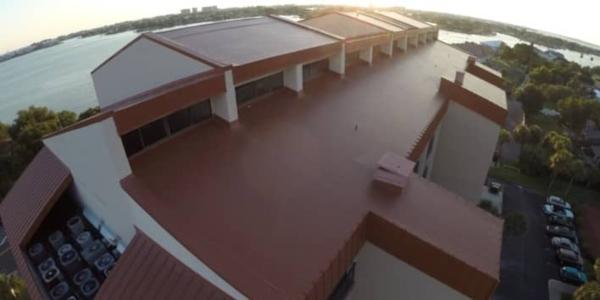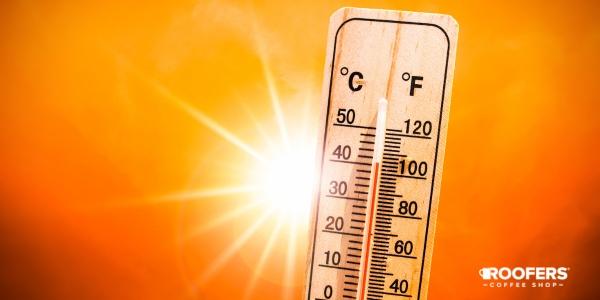Tips for Roof Wind Resistance That Every Commercial Property Owner Should Know

By Gary Pelton, FiberTite.
High-speed winds can damage roofs and properties in a short period of time.
Given the unpredictability of nature, it is improbable to predict the timing, strength, and potential damage of any storm. However, there are a few preventive measures your customers can take to help lower the risk of damage to their property, which can save them from costly repairs and lost profits from downtime. Below, you will find a few tips to share with your building owner customers to help them ensure that their building has proper roof wind resistance and protection against unexpected destruction of high-speed winds.
1. Proper roofing assembly and design can assist with roof wind resistance
To make sure your building's roof wind resistance is up to par, you have to start at the beginning. Choosing the proper roof assembly and design is the first step toward protecting your roofing system.
Roof system attachment is the most critical element of the roof design and application. Improper attachment can increase the probability of wind blow-offs and can contribute to membrane strain created by differential movement of the system components. The design and application methods must address attachment of the total system and all of the components, including:
- Substrate (the structural deck or existing roof system)
- Roofing membrane(s)
- Flashings
- Insulation
- Edge securement
- Metal coverings
- Penetrations
The most prevalent issue that proper system design will deter is wind-related damage from negative wind pressures. Negative wind pressure is caused by wind force across the building, which acts similar to the water current of a river around a rock. This is precisely why roof systems need to be appropriately designed to handle wind pressures and incorporate the proper perimeter and corner attachment enhancements.
2. Edge securement is vtal to your roof wind resistance
In the low-slope roofing world, the majority of roofing failures from extreme wind events are a result of failures along the edge of the roof. Peel failures occur when the membrane separates from the surface beneath it, or when the surface beneath the membrane fails. Many contractors are not aware of the low-cost options available to prevent this from happening, including installing a peel stop.
In plain terms, a peel stop is installed approximately 12 inches from the edge of the roof to terminate any peeling that may occur. Curbs and penetrations can also act as peel stops when the membrane is terminated and fastened to the structure. Although there are many different forms and installation techniques of peel stops, this simple addition to a roof can significantly reduce the odds of peeling.
You should also keep the edge and perimeter of your roofing system stable and intact while restricting air infiltration into the roof envelope by sealing deck and wall interfaces. If you are not using a mechanically fastened roof system, try to incorporate a backup defense system by installing fasteners to anchor the roof cover to the structure. Using this basic principle will go a long way toward ensuring any roof system’s chances of survival during a significant wind event, such as a hurricane.
3. Inspections are key to roof wind protection
One of the most significant sources of roof damage comes from HVAC service doors, metal, and debris that are loose on the roof surface. These items can blow across your roof system and cause damage. Regular preventative maintenance will have a major impact on the long-term performance of your roof system. If ignored, even minor damage to the roof membrane can lead to costly repairs, and possibly damage your building interior. To achieve maximum long-term performance, a thorough roof inspection should be performed each spring and fall, and after any significant weather events.
Read More: 4 Vital Steps of a Comprehensive Roof Maintenance Program
Include the following steps in your inspection:
- Clear debris from the roof surface and make sure drains and gutters are unclogged.
- Check for punctures or cuts in the roof membrane.
- Inspect caulking above wall flashings as wind-driven rain can enter into cracks or joints above the roof line.
- Be observant of loose fasteners, both in the roof field as well as on walls and roof-edge details.
Remember, if you can hold down the edges, you can hold down the roof. Contact us today if you have a question about wind roof resistance or want to learn more about protecting your customers' roofing systems.
Original article source: FiberTite























Comments
Leave a Reply
Have an account? Login to leave a comment!
Sign In